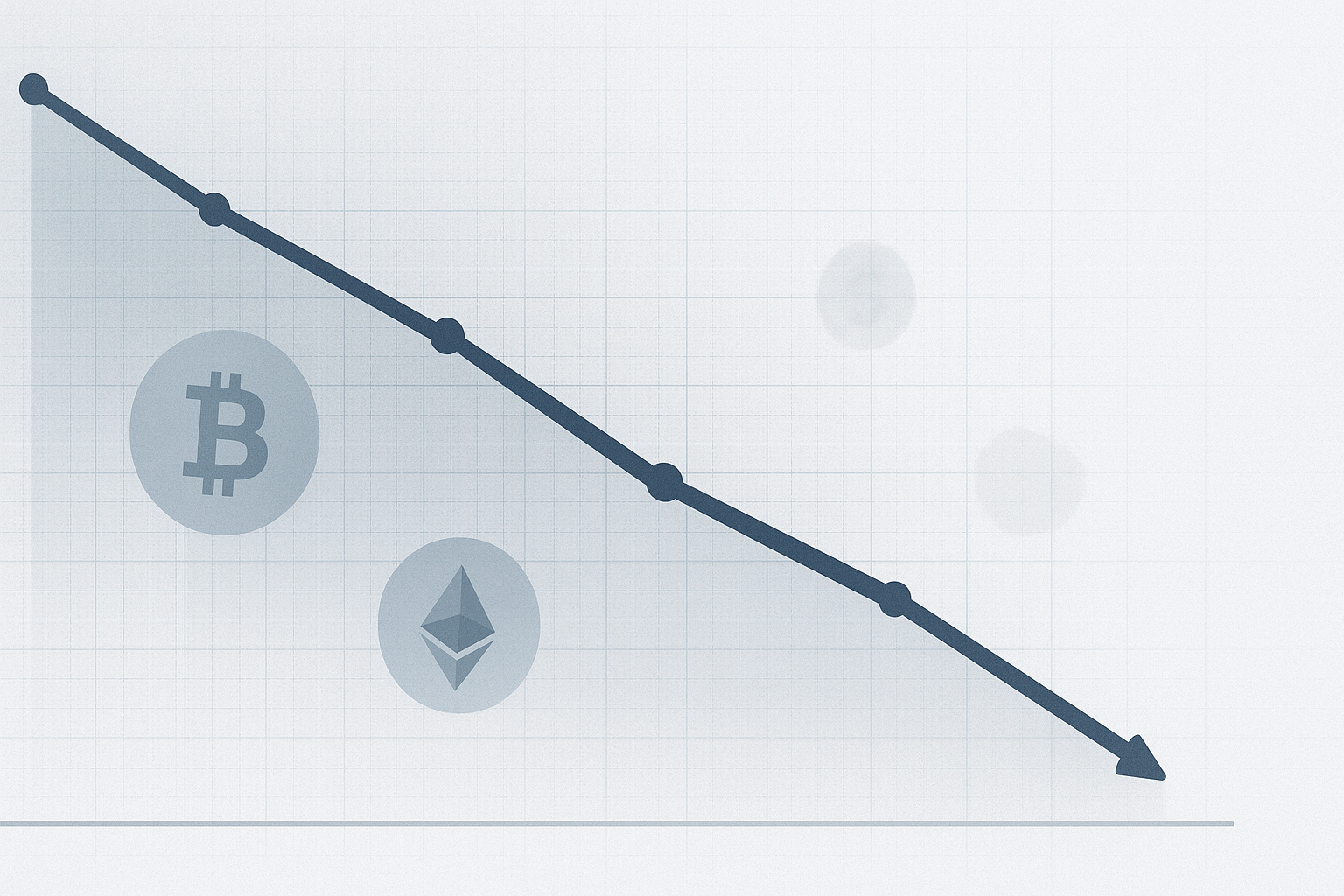As of February 2024, the total supply of stablecoins in the market has increased by 63% over the past year, while the monthly transaction volume has risen by 115%. The total transaction volume for the year amounted to $35 trillion. For comparison, major financial networks processed payments totaling over $20 trillion just in the fourth quarter of 2024.
The largest share of stablecoin supply is concentrated on the Ethereum blockchain — 55%. The Base and Solana networks have significantly improved their metrics, becoming leaders in transaction volumes due to active use in DeFi and meme coins. The Tron blockchain remains important for informal P2P transfers.
The number of active users of wallets with stablecoins grew from 19.6 million in February 2024 to 30 million, representing a 53% increase. Among individual assets, one stablecoin doubled its market capitalization over the year, reaching $56 billion. The main growth drivers inсlude:
regulatory achievements;
strategic partnerships;
accelerated expansion into international markets.
Another major stablecoin maintains its leadership with a market capitalization of $146 billion, but its market share and institutional use have decreased. The primary use case for this coin has shifted to P2P transfers.
Another asset saw its capitalization rise from $146 million to $6.2 billion since February 2024, placing it third in market capitalization among stablecoins. This growth is attributed to innovative yield strategies and delta-neutral hedging.
A rebranding of one of the major DeFi projects, the launch of a new stablecoin, and the introduction of compliance features helped maintain competitiveness. The coin’s market capitalization reached $2.6 billion as of February.







